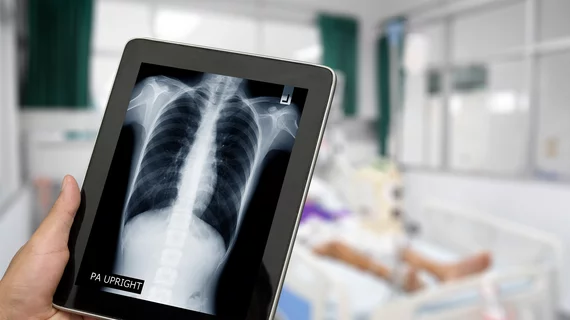Should the language used in radiology reports be standardized?
As radiologists continue to emphasize demonstrating their value to patient care, there has been a push to standardize the language used in radiology reports. According to a new commentary published in Academic Radiology, however, those in favor of such a shift could end up regretting it.
“On their face, such efforts are laudable, but there are also reasons to be suspicious of efforts to control lexicons, which amount to efforts to control speech and thought,” wrote authors Benjamin R. Gray, MD, and Richard B. Gunderman, MD, PhD, department of radiology at the Indiana University School of Medicine in Indianapolis. “Such efforts may be motivated by the most benign of intentions, but their consequences can nevertheless prove malignant.”
Gray and Gunderman turned to Nineteen Eighty-Four, the 1949 novel by George Orwell, to explore this topic in greater detail. In the novel, people are ruled by Big Brother and its menacing thought police. Newspeak is a language controlled by Big Brother, determining what people can and can’t say. Does this trend to standardize radiologists’ language mean radiologists are one step closer to living under their own version of Newspeak?
Gray and Gunderman noted in their commentary that “medicine is more than arithmetic and logic” and reducing the number of words a radiologist can use in the radiology reports would have a negative impact on creativity.
“When words and ideas diminish and ossify, it becomes more and more difficult to recognize and share new insights,” they wrote.
The authors also noted electronic health records have already resulted in “widespread frustration and discouragement” by making physicians use “rigid and ill-fitting templates” when they want to describe a patient’s care. Requiring radiologists to jump through similar hoops may lead to similar results.
“The point is not that those attempting to constrict the radiological lexicon are malevolent,” the authors wrote. “The more important message is this: in many cases, they may not even recognize what they are doing. Often schooled in mathematics, computer science, and decision analysis, they may neither intend nor even foresee the toxic consequences of their efforts.”
But trying to do a physician’s thinking for them, Gray and Gunderman concluded, “is to enter alignment with Orwell's thought police, who cared far more for their own programs than the well-being of those over whom they sought control.”

